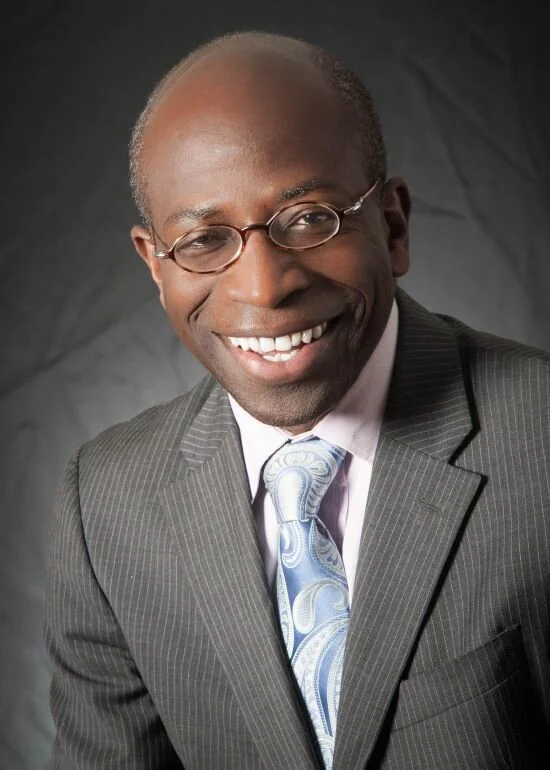Mental Health Implications of Social Distancing
Last week, business as usual changed worldwide due to COVID-19. On Sunday evening, New York City ordered restaurants to only make food deliveries and do take-out. Such an unprecedented crisis requires us to rise to the occasion as leaders for ourselves, our loved ones, and the wider community and globe.
That our physical safety and health is foremost in most reporting and conversations is understandable. Taking every precaution to avoid risky behavior if you haven’t contracted the virus, and to self-isolate if you have, is essential. Yet the impact on mental health is as crucial as the physical threat and the devastating economic impact of this pandemic.
Which is why we’ve asked Dr. Hugh B. Cummings, an avid reader of our blog, to join us for today’s post. Board Certified in General and Addiction Psychiatry, Dr. Cummings is the former Medical Director for the New York City Department of Health and Mental Hygiene.
Dr. Hugh B. Cummings
Greg Thomas: Thanks, Dr. Cummings, for sharing your expertise and perspective with our readers.
Dr. Cummings: Thanks for the opportunity to weigh in.
GT: How would you describe our moment?
Dr. Cummings: These are stressful times. The World Health Organization declared the worldwide spread of this new strain of Coronavirus, COVID-19, a pandemic just a few days ago. Public health organizations were preparing for a pandemic of the influenza virus, not COVID-19. This situation is unprecedented. How are we to act and react?
GT: That question is the very reason we’re speaking with you. How have some of your patients reacted?
Dr. Cummings: Just before speaking with you, I saw two of my patients. Here’s how they reacted to the current state of affairs. (They are both aware that I am sharing this).
Person #1: “I get a headache when I go into a store…There is nothing there, empty shelves.”
Person #2: “The flu kills more people than coronavirus.”
So, from this very small sample we see a somatic reaction in the form of denial. These are not uncommon reactions to the psychological stress of uncertainty and threat to life.
GT: The advice on ways to avoid getting this virus bears repeating.
Dr. Cummings: To protect ourselves from contracting the virus, we should thoroughly wash our hands, cover our coughs—or use proper “respiratory hygiene”—and practice “social distancing” (SD).
GT: What exactly is social distancing?
Dr. Cummings: Right now, the term is a Rorschach test; we interpret it how we may, in any number of ways. In my opinion, the public messaging regarding the meaning of the term “social distancing” has been poor. What is it? Simply put, social distancing is a public health intervention to stem the rate of spread of disease in a pandemic by minimizing physical contact in public spaces. Social distancing is also on a continuum, from vigilance, keeping a meter or at least 3 feet from others in public spaces, to quarantine.
Interestingly, how we define our physical interpersonal space and interact with each other are culturally determined and deeply ingrained; these mores and habits define who we are and are difficult to change on short notice. So, we will have to remind ourselves to maintain our distance and refrain from touching our face. Resisting these habits will be stressful.
GT: What do you think the emotional effect of “social distancing” will be?
Dr. Cummings: We are in uncharted waters here, as there is no hard evidence on the emotional effects from low-level social distancing—the behaviors that asymptomatic persons with low risk for contracting the infection need to practice. However, there is a literature on the emotional effects of extreme, high-end SD, such as quarantine. The mere reality of the need to practice low-level social distancing is likely to cause significant levels of anxiety, fears of going outside (agoraphobia), xenophobia or racist behavior and other irrational beliefs and behaviors.
The longer this pandemic lasts we may see increased incidences of generalized anxiety disorders, acute stress disorders and depressive disorders. People who were quarantined are at risk for experiencing shame, guilt, self-loathing, severe anxiety and depressive disorders. Some have developed post-traumatic stress disorders. So social distancing can have adverse emotional effects.
We may see an increase in the birth rate as a result of social distancing as couples spend more time away from the public space and at home!
GT: I hear you! What final words do you have for what people should do to “act and react” to this crisis?
Dr. Cummings: Here are some recommendations to stay safe in a time of real threat from COVID-19:
Protect yourself. Assume others are infected; wash your hands, avoid touching your face, especially your eyes.
Be vigilant and aware when you are in public spaces or in a zone that is unfamiliar to you.
Accept the present situation. We are in a pandemic! Denial can result in you getting infected. As of now, there is no cure.
Stay in the moment and be present, especially when you are with family and friends.
Be grateful. Embrace the rebirth that is happening around us now, springtime.
Nothing lasts forever, not even a pandemic. Stay safe!
We thank Dr. Cummings again for his expertise and insights. Jewel and I would add that another way to counter the isolation and potential loneliness of social distancing and staying at home—other than listening to your favorite music and binge-watching shows—is to go old-school: pick up the phone and reach out to family and friends. Check on and connect with others. They’ll appreciate it and you’ll feel better too.


